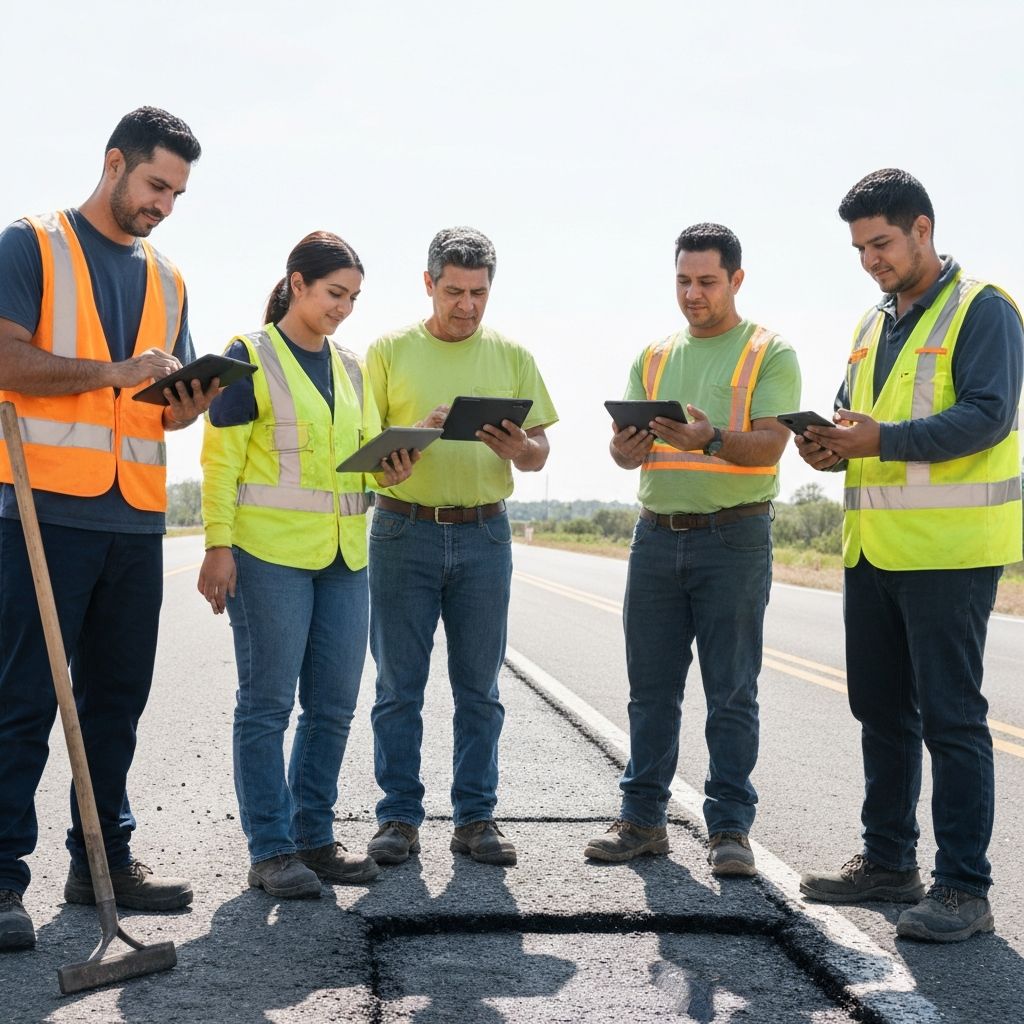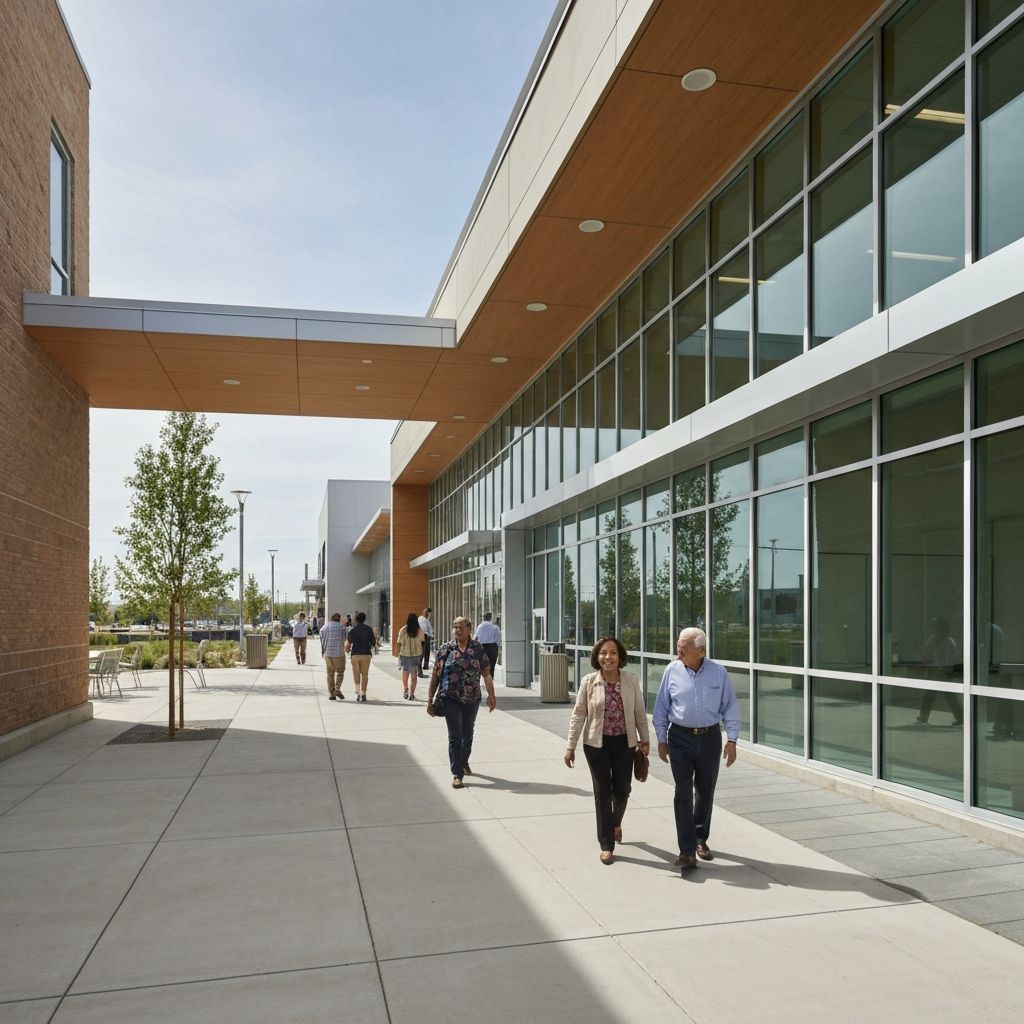Stop Explaining Why It Wasn't Fixed
Your crews get work orders before citizens file complaints. Potholes get fixed Tuesday, not after they make the news. Maintenance happens before failure, not after lawsuits. The difference between managing infrastructure and explaining breakdowns.

Stop Fighting Fires You Should Have Prevented
Every emergency repair costs 5x more than scheduled maintenance. Here's what it feels like when you catch problems before they're disasters.
Stop Watching Cracks Become Lawsuits
Citizens call about a pothole. By the time the complaint routes through three departments, it's been two weeks. Now it's a sinkhole. The news van is filming. The mayor's asking why. You're scheduling emergency repairs that cost 5x what patching would have cost.
Sensors detect pavement stress before cracks form. The system generates a work order. Routes the nearest crew with materials. Fixed in 48 hours, before it's visible to drivers. Citizens never knew there was a problem. Neither does the news.


Stop Learning About Leaks From Angry Calls
A water main has been leaking for 3 weeks underground. You don't know. Then a business calls screaming their basement is flooded. Now you're paying 10 crews overtime to dig up Main Street at midnight while angry residents film it for social media.
Pressure sensors detect the leak the day it starts. The system pinpoints the exact location. Crew gets dispatched Tuesday morning with a targeted repair. Done by lunch. Business never knew. Neither did the news crew.
Stop Managing 200 Facilities With Spreadsheets
You manage 47 parks, 23 rec centers, 18 libraries, and 112 other buildings. HVAC dies at the senior center. You find out when angry citizens call the mayor. Your crew was at the wrong building fixing something that could have waited.
Building sensors monitor every system across all 200 facilities. HVAC starts showing strain? AI schedules preventive maintenance before it fails. Routes the right crew with the right parts. Citizens never felt uncomfortable. You never got the angry call.

Your Systems Finally Work Together
No more jumping between GIS, work order systems, and spreadsheets. Everything your department needs, in one place.
Connect Everything
GIS mapping, work order management, asset tracking, citizen requests—Vantage connects them all so your crews see one truth, not five conflicting reports.
AI Prioritizes Automatically
Your supervisors shouldn't spend mornings deciding what matters. AI weighs urgency, cost, crew location, and weather—optimizes the entire day before coffee's done.
Fix It Before Citizens Complain
IoT sensors + historical data + weather patterns = AI tells you what breaks next. Schedule prevention now, avoid emergency repairs and angry calls later.
Ready to Stop Explaining Failures?
Join the departments preventing problems instead of fighting fires—where infrastructure works, crews are efficient, and citizens stay happy.